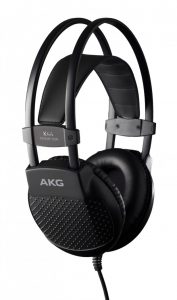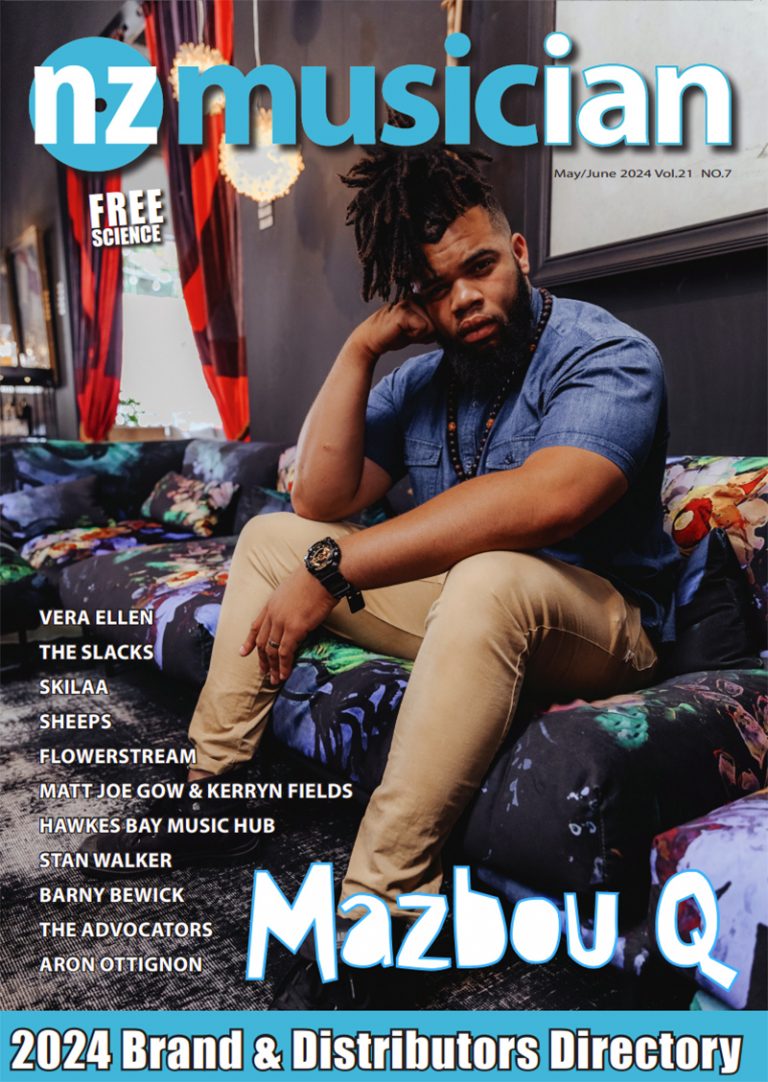Tutors’ Tutorial: Choosing New Headphones
Tutors’ Tutorial: Choosing New Headphones
It’s late at night, you need to finish a mix and get it uploaded but you can’t risk waking the flatties again… so you reach for your trusty headphones. The process of working with phones is quite different from speakers, as music can sound unnatural without basic acoustic cues that we often take for granted. The lack of acoustic reverb amongst other phenomena can also become fatiguing.
Still, some decent headphones cost far less than a good pair of studio monitors, so here are a few quick tips for purchasing your next pair of headphones. When choosing from the many options the first thing to consider is not the price but rather the purpose, as recording and mixing really have different requirements.
Headphones come in two basic varieties, opened-back and closed-back. In short, if you are using your headphones for recording then you probably want them to make as little noise as possible in the room to avoid recording spill into the microphone. The closed-back design means that the little speaker inside will be sealed from the environment as the headphones press against or over your ear.
The opened-back design actually has vents on the outside of the headphones that allows some sound to travel into the environment. This type of headphone can have a very open and natural sound that can be great for mixing, but it creates extra noise that will easily be recorded by a sensitive condenser microphone. A couple of popular opened-back designs are the Grado series of headphones such as the SR80e and several of the AKG designs such as the semi-open K240.
If you are focusing on recording detailed acoustic instruments then a closed back design will probably be most appropriate, but if you are mostly going to be mixing/listening then, while both designs are usable, you may prefer the beautiful vibrancy you get from an opened-back design.
Now it becomes a matter of what will give you a sound that you can use as a trustworthy guide to create your music.
 General aims
General aims
Something that is neutral and natural. You want to hear the music for what it is and avoid having the headphones superimpose too much of their own character. Of course if your goal is simply listening pleasure on the bus then by all means go for models with the most bass, but for the average recording musician I’d stay away from any of the typical DJ lines as the bass is often way over-emphasised.
Specifications
You’re not going to like this answer but it is very hard to gauge what they sound like from a piece of paper. Can you explain a mountain vista in a few sentences? The key pieces of data are distortion, frequency response and sensitivity (volume).
Again there are specific applications that demand a particular requirement. A drummer will need a loud set of phones that wont distort for example. So look at the specifications, but honestly, when looking at the bass response, seeing that one set extends down to 16Hz and the next goes down to 9Hz is irrelevant to how it actually sounds in the real world to a human.
Trustworthy reviews and recommendations may be a better place to start –– see www.headphone.com for many good reviews. Popular magazines such as Sound on Sound (and NZ Musician) regularly review and offer shootouts/comparisons.
I once received some fairly sage advice from an older engineer –– buy the most expensive Sennheiser headphones you can afford. These days there are so many great manufacturers to choose from that the list really is too big to even start here, but the underlying principle really holds true –– you get what you pay for. A good set should last years so bear that in mind, but when it comes to the final decision, personal preference at the end of the day will vary wildly, so try before you buy.
Some bottom line recommendations:
Low-priced (both closed-back):
AKG K44 or Sennheiser HD419
Mid-priced (both closed-back):
Audio Technica ATH-M50x
High-priced (both open-back):
Sennheiser HD650 (or HD800 if you have a spare island to sell).
Reuben Rowntree is a lecturer at SAE Institute in Parnell and spends too much time obsessing over equipment. He may be contacted at r.rowntree@sae.edu

